iPhone 17 Air vs Xiaomi 11 Ultra: Who Wore it Better?
Is the iPhone 17 Air Just a Xiaomi 11 Ultra with a Shiny Apple? The Showdown Apple Doesn’t Want You to See!
When Apple unveiled the iPhone 17 Air as its flagship for 2025, the tech world held its breath. An ultra-thin smartphone with a futuristic design and jaw-dropping cameras. But is it genuinely revolutionary, or do we have a case of déjà vu? If we look back, the Xiaomi 11 Ultra, launched in April 2021, seems to have paved the way for Apple with a suspiciously similar formula. So, is the iPhone 17 Air a masterpiece of originality, or just a blatant copy of a Xiaomi classic? In this article, we’ll pit both devices against each other, comparing launches, features, and capabilities to see if Apple is mimicking or if they have genuinely raised the stakes.
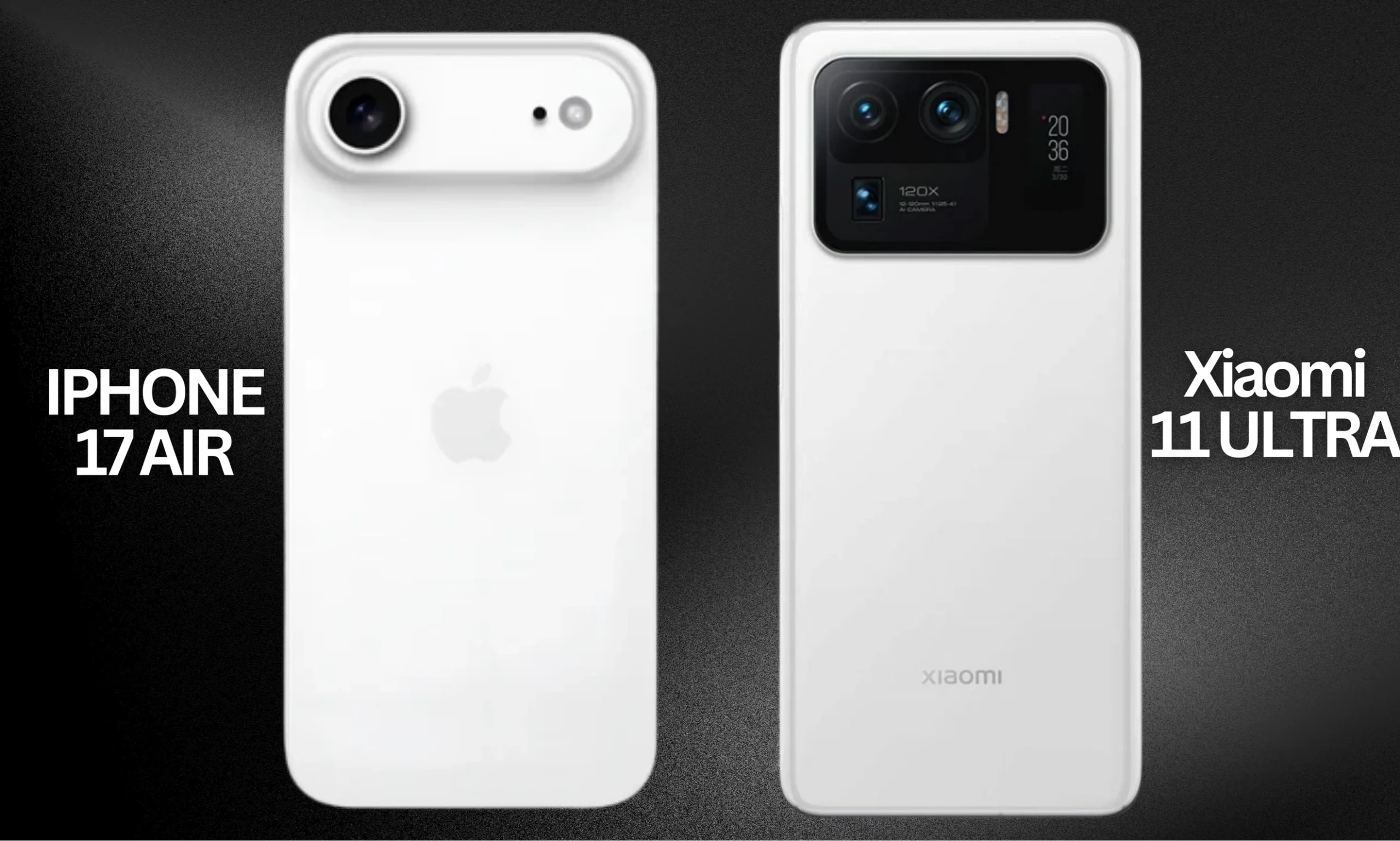
Launches: Who Arrived First to the Dance?
The Xiaomi 11 Ultra burst onto the scene in April 2021, causing a stir with its premium design and cutting-edge specs. It was a bold statement from Xiaomi, proving they could compete with the giants in the premium segment. On the other hand, the iPhone 17 Air, announced in September 2025, promises to redefine ultra-thin design. But is it really new? The Xiaomi 11 Ultra already played the bold design card four years ago with its groundbreaking rear camera module and unique secondary display. Apple, are you taking notes from an old notebook?
Design: Ultra-Thin or Recycled?
The iPhone 17 Air boasts a thickness of 5.5-6.6 mm, according to leaks, making it the thinnest iPhone yet. Its horizontal camera module and premium materials like titanium scream “future.” However, the Xiaomi 11 Ultra, at 8.38 mm, already bet on sleek design with ceramic and glass, and its 1.1-inch rear display for selfies and notifications was an innovative touch that Apple hasn’t matched. Is the iPhone 17 Air genuinely more revolutionary, or just thinner by a few millimeters?
Features and Capabilities: Who Wins in Power?
Performance
- Xiaomi 11 Ultra: Launched with the Snapdragon 888, a 5nm chip that in 2021 delivered outstanding performance (GeekBench 5: ~1100 single-core, ~3600 multi-core).
- iPhone 17 Air: Features the A19 chip (3nm), promising to be a powerhouse, with estimated scores close to 3000 single-core and 9000 multi-core. While Apple wins in raw power, the Xiaomi 11 Ultra still offers competitive fluidity for gaming and multitasking.
Cameras
- Xiaomi 11 Ultra: A pioneer with its triple camera setup of 50 MP (main), 48 MP (ultra-wide), and 48 MP (periscope telephoto 5x), optimized for 8K recording and up to 120x zoom.
- iPhone 17 Air: Comes with a 48 MP main sensor, 48 MP ultra-wide, and a 24 MP selfie camera, improving dynamic range but lacking the versatility of Xiaomi’s telephoto lens. Plus, the secondary display for high-quality selfies on the 11 Ultra remains a trick Apple hasn’t copied.
Display and Battery
- Xiaomi 11 Ultra: Features a 6.81-inch AMOLED display with 120 Hz and 1700 nits brightness.
- iPhone 17 Air: Offers a 6.6-inch OLED LTPO display with a 1-120 Hz refresh rate and ~2000 nits brightness. Apple edges ahead in energy efficiency, but Xiaomi compensates with a 5000 mAh battery and 67W fast charging, compared to the estimated 4000 mAh and MagSafe wireless charging of the iPhone. Will Apple sacrifice battery life for thinness?
Innovation
The Xiaomi 11 Ultra introduced bi-directional wireless charging and IP68 resistance, features that were cutting-edge in 2021. The iPhone 17 Air, with its potential portless design and Wi-Fi 7, is innovating, but its reliance on MagSafe might annoy practical users. Is this progress or a risky step?
Copy or Inspiration?
The iPhone 17 Air can’t deny that the Xiaomi 11 Ultra set a precedent. Xiaomi’s push for premium design, versatile cameras, and powerful specs forced the industry to take note. Apple’s iPhone 17 Air seems to have recycled the idea of an audacious flagship, but with its own twist: a focus on extreme thinness and the iOS ecosystem. However, the rear display and periscope telephoto lens of the 11 Ultra remain unique, while the iPhone 17 Air risks functionality for aesthetics.
Is Apple Imitating or Reinventing?
The iPhone 17 Air is a technological titan, but it cannot escape the shadow of the Xiaomi 11 Ultra. Four years ago, Xiaomi showed that combining design, power, and versatility at a competitive price (~€1200 vs. ~$1199 for the iPhone 17 Air) was possible. Apple has polished the formula, but is it enough to justify the fanfare? While the iPhone 17 Air shines for its thinness, the Xiaomi 11 Ultra is a reminder that innovation doesn’t always need an apple. What do you think: is Apple a genius or a stylish imitator?

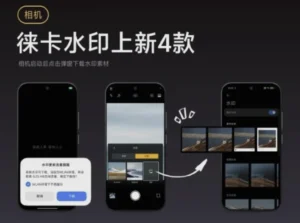

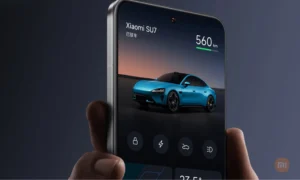
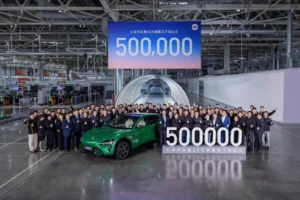
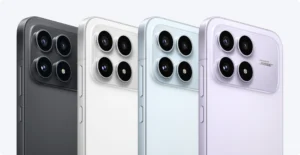
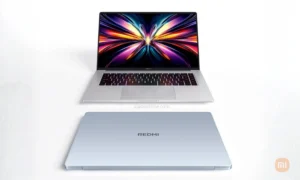
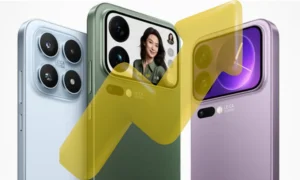
1 thought on “iPhone 17 Air vs Xiaomi 11 Ultra: Who Wore it Better?”